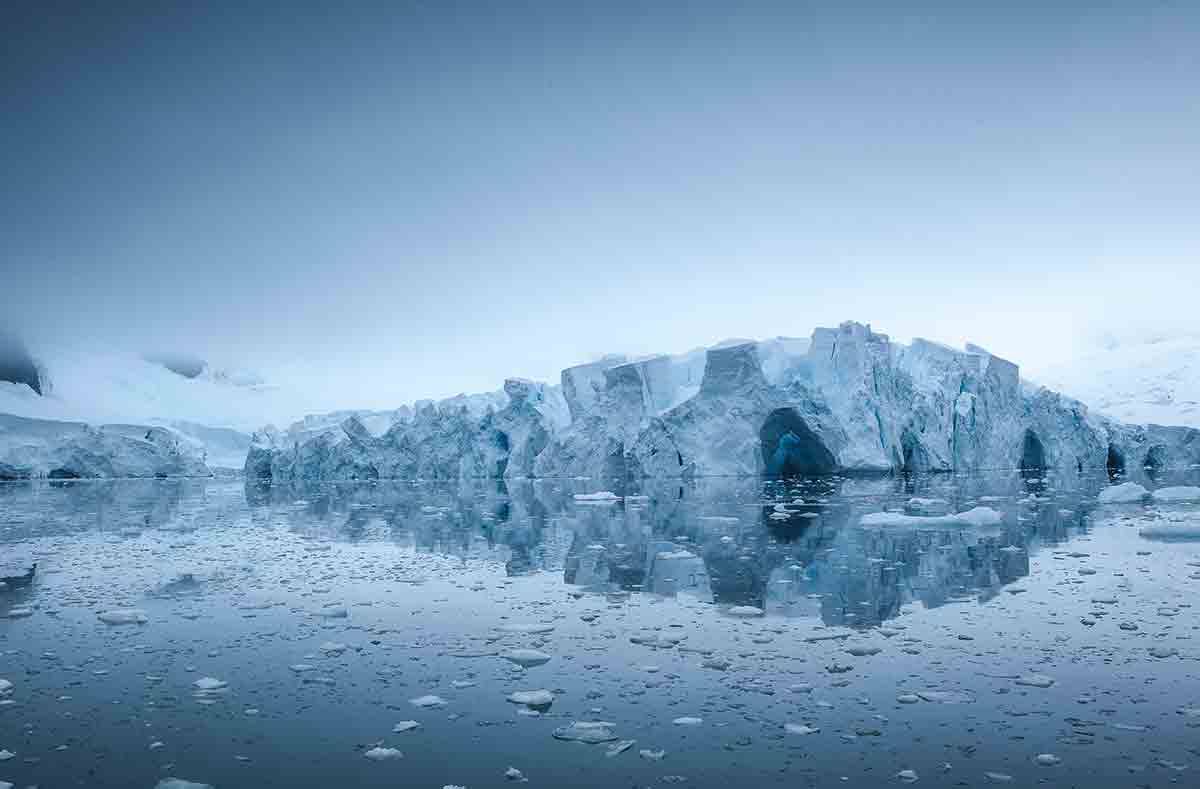
Scientists warn that viruses from extinct diseases like smallpox and anthrax, as well as the accelerated spread of already known diseases in today’s Arctic, may be released from the frozen ground that has been lying for thousands of years.
+ Do you want to know more about Tularemia, a serious disease that can be transmitted from animals to humans?
Scientists have issued a frightening alert about a mysterious and catastrophic “X-Factor” that could be unleashed from the Earth’s permafrost.
Permafrost, which is soil frozen for at least two years, harbors hundreds of thousands of dormant microbial species, and the identity of these microbes remains a mystery.
In the last 50 years, the Arctic has warmed up to four times faster than the rest of the world; these frozen soils are filled with unknown microbes known as extremophiles, which can survive in the harshest conditions and may now be released due to high temperatures. Some parts of Siberia have been frozen for 650,000 years and could release ancient substances into the atmosphere.
Birgitta Evengard, a professor of infectious diseases at Umeå University in Sweden, told Newsweek: “There is a lot that we don’t know, and what very few people have studied is the permafrost.”
A colleague added that “at the bottom of the permafrost, there should be microbes – especially viruses, but also bacteria that were on Earth long before Homo sapiens existed.”
Boffins fear that viruses from extinct diseases, such as smallpox and anthrax, and also the accelerated spread of already known diseases in today’s Arctic, like tularemia, a severe bacterial infection, or tick-borne encephalitis, may be released.
In 2014, a team of scientists brought back to life a virus that had been frozen in the permafrost. Jean-Michel Claverie, who led the study, told Newsweek:
“If amoeba viruses can survive for so long in the permafrost, this strongly suggests that those infecting animals/humans can remain infectious in the same condition. Moreover, we know that the DNA [of viruses infecting animals/humans] is detected in the permafrost.”
With information from Newsweek

